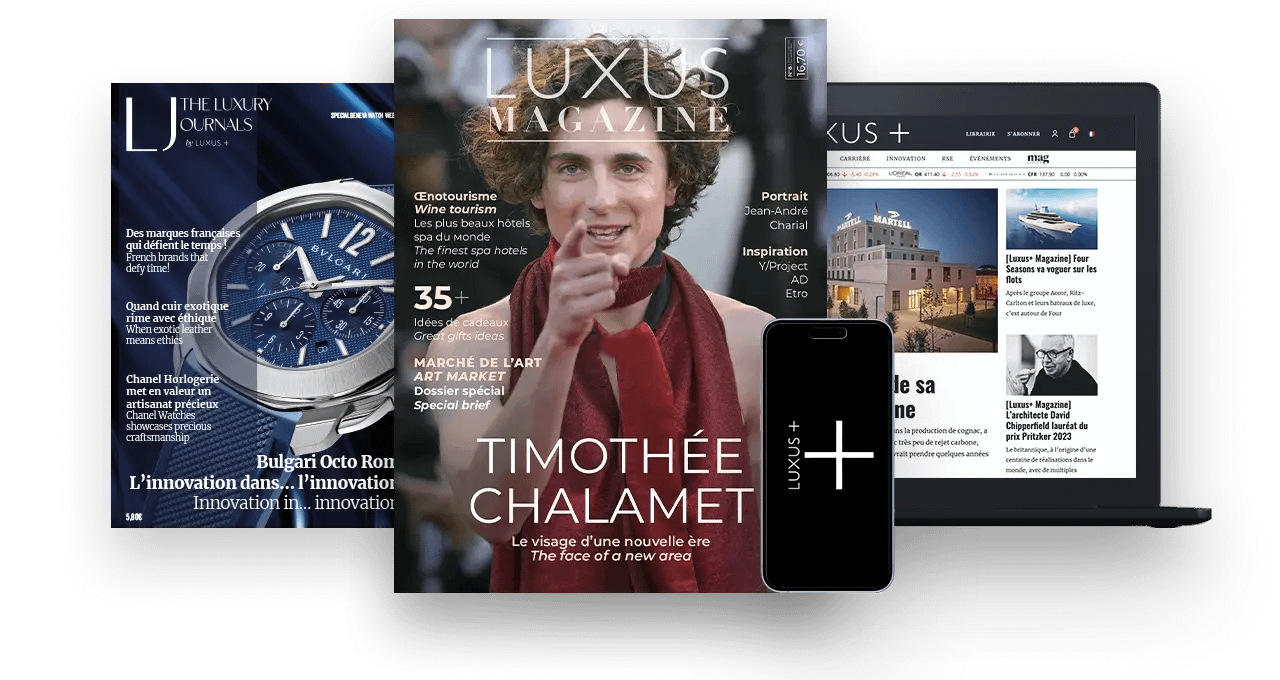The Chinese slowdown, US tariff threats, geopolitical tensions… the challenges facing the luxury industry are growing, and a gradual but decisive reconfiguration of export markets is now underway.
Starting this summer, the heart of the sector is beating less and less in Beijing or Paris, and more and more in Riyadh, Mumbai, or Dubai. And not all segments of the luxury industry are reacting in the same way to this geopolitical reconfiguration. Jewelry appears to be one of the most resilient, followed by leather goods. However, the latter’s dependence on logistics and taxation makes it a more vulnerable segment.
The summer of 2025 thus marks a turning point. Luxury goods, long concentrated around a few mass markets, are entering a phase of strategic decentralization. Luxury brands are no longer betting everything on a single country, but are opening up more.
China : the end of the easy El Dorado
Long considered the pillar of global luxury growth, the Chinese market has come to a sudden halt since 2023. In 2024, sales of personal luxury goods in the country fell by 18 to 22%, according to Bain & Company, an unprecedented decline in more than a decade. The reasons for this include a sluggish economy, the real estate crisis, and a climate of political mistrust that is fostering a nationalist retreat.
Read also > Reciprocal customs duties : the United States and the European Union agree on a rate of 15%
Featured photo : © Getty Images







































